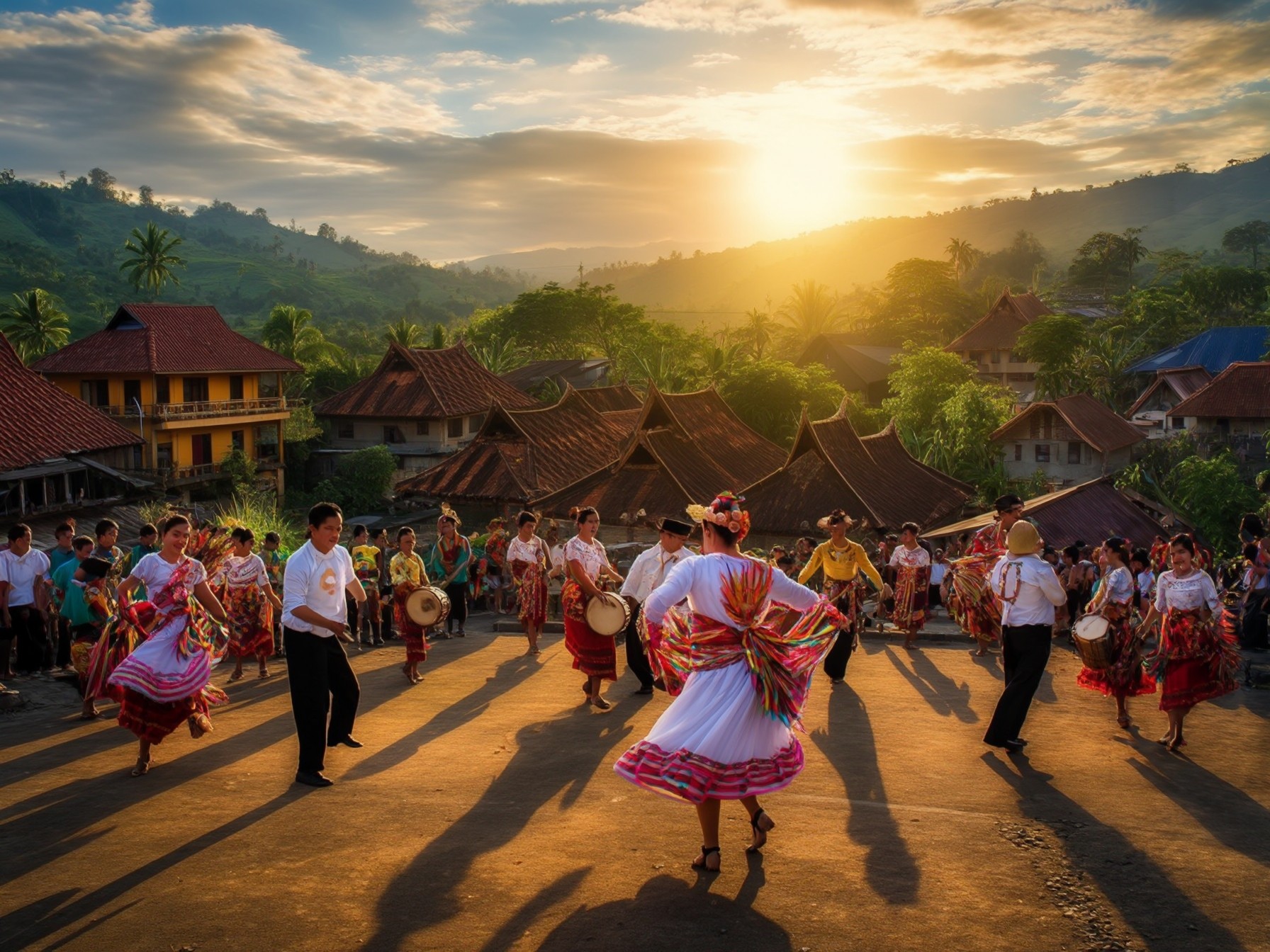Discovering Jili in Balindong, Philippines: A Cultural Marvel

In the vibrant landscape of the Philippines, particularly in Balindong, the cultural phenomenon known as “jili” stands out as an important facet of the local heritage. This blog post delves into the origins, traditions, and cultural significance of jili, aiming to provide an in-depth understanding for all readers.
Introduction to Jili
Jili, a term ingrained in the hearts of the Balindong community, refers to both a cultural practice and a traditional folk art that has been passed down through generations. The essence of jili is reflected in various aspects of life, from music and dance to rituals and community gatherings.
What is Jili?
The term “jili” encompasses different traditional activities that are celebrated by the Maranao people in Balindong. These activities often include:
- Music and Dance Performances: Traditional jili music and dance are performed during significant events and festivals.
- Rituals and Ceremonies: Jili plays a crucial role in rituals that mark important life events such as weddings, harvests, and religious ceremonies.
- Storytelling: Elders in the community often narrate tales of the past, preserving the rich history and folklore of the Maranao people.
Historical Background of Jili
The roots of jili can be traced back to the early settlements of the Maranao people in the region. The Maranao, known for their artistic prowess and deep cultural heritage, have kept the tradition of jili alive through meticulous preservation and adaptation to modern times.
Evolution of Jili
Over centuries, jili has evolved, incorporating elements from neighboring cultures while retaining its core attributes. This blend of influences has enriched jili, making it a unique and dynamic tradition that continues to thrive.
To learn more about the evolution and significance of jili, visit 49jilis.com.
Cultural Significance of Jili
Jili is more than just a form of entertainment; it is a reflection of the community’s identity and shared values. It serves as a medium through which the Maranao people express their:
- Cultural Identity: Jili is a vital expression of the Maranao cultural identity, showcasing their talents, beliefs, and traditions.
- Community Cohesion: Through jili, members of the community come together, fostering a sense of unity and shared purpose.
- Educational Tool: Jili also functions as an educational tool, passing on important cultural knowledge and life lessons to younger generations.
Jili in Modern Times
In contemporary Balindong, jili remains a cherished practice, though it has seen some changes. Modern influences have been integrated into traditional jili performances, enhancing their appeal to younger audiences without losing the essence of the tradition.
Preservation Efforts
Efforts to preserve jili include:
- Cultural Workshops: Local organizations often hold workshops to teach jili to younger members of the community.
- Documentation: There are ongoing projects to document and archive jili performances, ensuring they are preserved for future generations.
- Cultural Festivals: These festivals provide a platform for showcasing jili, helping to keep the tradition vibrant and relevant.
For a glimpse into modern jili practices, check out jili resources and events.
FAQ About Jili
To provide you with a comprehensive understanding of jili, here are answers to some frequently asked questions:
- What does “jili” mean?
-
Jili refers to a variety of traditional practices, including music, dance, and rituals, performed by the Maranao people.
-
Where is Balindong located?
-
Balindong is a municipality in the province of Lanao del Sur, Philippines.
-
Who are the Maranao people?
-
The Maranao are an indigenous ethnic group in the Philippines, primarily residing in the Lake Lanao region.
-
How can one participate in a jili event?
-
Participation in jili events is typically open to the community, and visitors can join during local festivals and cultural workshops.
-
Are there any specific instruments used in jili music?
-
Yes, traditional instruments such as the kulintang (a type of gong) and the dabakan (a drum) are commonly used.
-
How is jili different from other Filipino cultural practices?
-
Jili has unique elements that are specific to the Maranao culture, setting it apart from other Filipino traditions.
-
What efforts are being made to preserve jili?
-
Preservation efforts include cultural workshops, documentation, and festivals dedicated to jili.
-
Can jili be performed outside of Balindong?
-
Yes, jili performances can be seen in other regions, particularly where Maranao communities exist.
-
How has modern influence affected jili?
-
Modern elements have been incorporated into traditional jili performances, making them more appealing to younger generations.
-
Where can I find reliable information about jili?
- For authoritative information on jili, visit websites like 49jilis.com.
Conclusion
Jili in Balindong is a testament to the rich cultural heritage of the Maranao people. Its music, dance, and rituals continue to play a significant role in preserving the community’s identity and traditions. By understanding and appreciating jili, we contribute to the ongoing preservation of this invaluable cultural practice. For more information and to engage with jili, be sure to visit 49jilis.com.
We hope you found this exploration into jili informative and engaging. If you have any further questions, feel free to leave a comment or reach out through our contact page. Thank you for joining us on this cultural journey!

Mag-iwan ng Inquiry sa 49jilis -49jilis.com